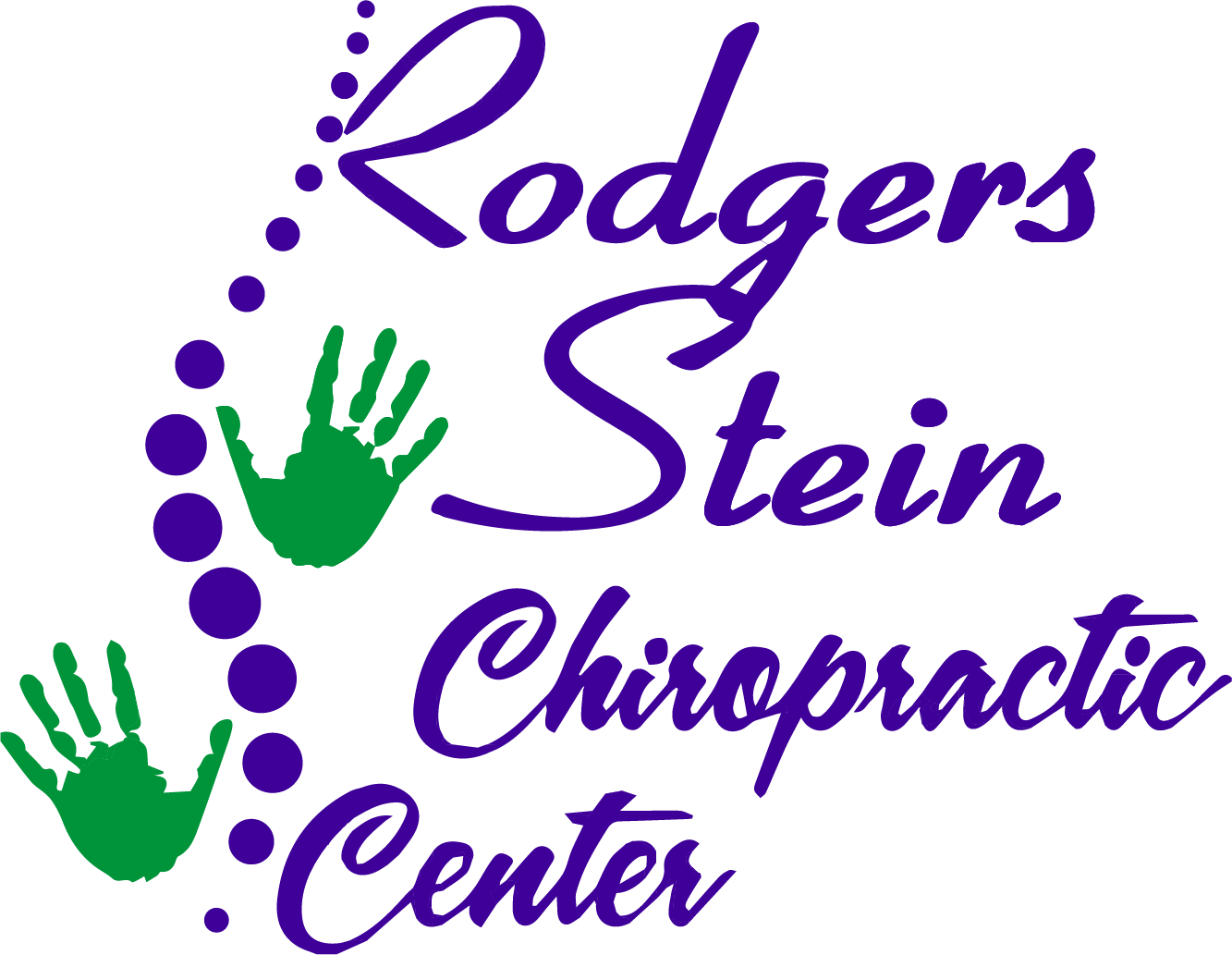When you're living with arthritis, finding effective ways to alleviate pain can make a significant difference in your daily life. You might consider lifestyle modifications, dietary changes, and various therapies that can help manage discomfort. Exploring options like gentle exercise and mindful practices can be particularly beneficial. But what specific strategies have proven most effective for others facing similar challenges? The answers could be simpler than you think, and they might just lead you to relief.
Lifestyle Modifications
Making simple lifestyle modifications can considerably ease arthritis pain. You mightn't realize how small changes can make a big difference in your daily comfort.
Start by incorporating regular physical activity into your routine. Gentle exercises like walking, swimming, or yoga can help maintain joint flexibility and reduce stiffness. Stretching before and after activities can also keep your muscles limber and minimize discomfort.
Another essential adjustment is prioritizing rest. Your body needs time to recover, so make sure you're getting adequate sleep each night. Create a calming bedtime routine to help you wind down, and try to stick to a consistent sleep schedule. You'll find that improved rest can lead to less pain and greater energy during the day.
You should also pay attention to your posture. Whether you're sitting, standing, or lifting, maintaining good posture can alleviate unnecessary stress on your joints. Consider ergonomic furniture or tools that support your body effectively.
Additionally, managing stress is important. High stress levels can exacerbate pain, so find techniques that work for you—whether it's meditation, deep breathing, or engaging in hobbies you love. Surrounding yourself with supportive friends and family can also provide emotional relief.
Lastly, stay hydrated. Drinking enough water helps lubricate your joints, which can ease discomfort.
Dietary Changes
Making dietary changes can greatly impact your arthritis pain.
By incorporating anti-inflammatory foods, omega-3 fatty acids, and staying hydrated, you can support your joint health effectively.
Let's explore how these adjustments can help you feel better.
Anti-Inflammatory Foods
How can the right foods impact your arthritis pain? The foods you eat can greatly influence inflammation in your body, which is a key contributor to arthritis discomfort.
By incorporating anti-inflammatory foods into your diet, you can help reduce pain and improve your overall well-being. Here are four types of foods you should consider adding to your meals:
- Fruits and Vegetables: Colorful options like berries, spinach, and kale are packed with antioxidants that combat inflammation.
- Whole Grains: Foods like brown rice and quinoa provide fiber, which has been linked to lower levels of inflammation in your body.
- Nuts and Seeds: Almonds, walnuts, and flaxseeds are rich in healthy fats and antioxidants, helping to ease joint pain.
- Olive Oil: This heart-healthy oil contains oleocanthal, a compound that mimics the effects of anti-inflammatory medications.
Omega-3 Fatty Acids
Incorporating omega-3 fatty acids into your diet can greatly reduce arthritis pain and inflammation. These essential fats are known for their anti-inflammatory properties, which can help alleviate joint discomfort and stiffness.
You'll find omega-3s in fatty fish like salmon, mackerel, and sardines, as well as in flaxseeds, chia seeds, and walnuts.
To boost your omega-3 intake, try to include fish in your meals at least twice a week. If you're not a fish lover, consider adding flaxseed oil or chia seeds to your smoothies or oatmeal. You can also opt for omega-3 supplements, but it's best to consult with your healthcare provider before starting any new supplement regimen.
Additionally, cooking with oils rich in omega-3s, such as canola or walnut oil, can help enhance your overall diet.
When you focus on incorporating these healthy fats, you're not only supporting joint health but also promoting heart and brain health.
Hydration and Joint Health
Proper hydration plays an essential role in maintaining joint health and alleviating arthritis pain. When your body's well-hydrated, it helps lubricate your joints, reducing stiffness and discomfort.
Staying hydrated also supports the overall function of your cartilage, which acts as a cushion between your bones. Here are some effective ways to guarantee you're drinking enough fluids:
- Set Daily Goals: Aim for at least 8 cups of water each day, adjusting based on your activity level and climate.
- Infuse Your Water: Add fruits like lemon or cucumber for flavor. This can make drinking water more enjoyable and encourage you to consume more.
- Monitor Your Urine: Keep an eye on the color of your urine; pale yellow usually indicates proper hydration, while darker colors suggest you need more fluids.
- Eat Water-Rich Foods: Incorporate foods like cucumbers, watermelon, and oranges into your diet. These not only hydrate but also provide essential nutrients.
Physical Therapy Options
When it comes to managing arthritis pain, physical therapy offers effective solutions tailored to your needs.
Personalized exercise programs, manual therapy techniques, and aquatic therapy can all help improve your mobility and reduce discomfort.
Exploring these options can lead you to a more active and pain-free lifestyle.
Personalized Exercise Programs
Personalized exercise programs tailored specifically for your needs can greatly alleviate arthritis pain. By working with a physical therapist, you can develop a routine that focuses on improving strength, flexibility, and overall function.
Here's how a personalized exercise program can help you manage your arthritis:
- Targeted Strengthening: You'll focus on building strength in muscles surrounding your joints, which can provide better support and reduce strain.
- Improved Flexibility: A customized program includes stretches that enhance flexibility, helping to maintain your range of motion and prevent stiffness.
- Low-Impact Activities: You'll engage in low-impact exercises like swimming, cycling, or walking, which minimize joint stress while keeping you active.
- Progress Tracking: Your therapist will monitor your progress and adjust the program as needed, ensuring it remains effective and motivating.
Manual Therapy Techniques
In addition to personalized exercise programs, manual therapy techniques can play a significant role in managing arthritis pain. These hands-on methods can help improve joint mobility, reduce stiffness, and alleviate discomfort. By working with a skilled physical therapist, you can receive tailored treatments designed to meet your specific needs.
One popular manual therapy technique is joint mobilization, where the therapist uses gentle, controlled movements to enhance joint function. This can help increase the range of motion and reduce pain during daily activities.
Another effective method is soft tissue manipulation, which targets muscles, tendons, and ligaments surrounding the affected joints. This technique not only releases tension but also promotes blood flow to the area, aiding in recovery.
Additionally, myofascial release can be beneficial for relieving pain by addressing the connective tissues that may be contributing to discomfort.
Combining these manual therapy techniques with your exercise program can lead to more significant improvements in your overall well-being. Regular sessions can help you maintain mobility, reduce flare-ups, and ultimately enhance your quality of life.
Don't hesitate to explore these options as part of your arthritis management strategy.
Aquatic Therapy Benefits
Many people find aquatic therapy to be a soothing and effective option for managing arthritis pain. The buoyancy of water reduces stress on your joints, allowing you to move more freely. This can lead to significant relief and improved mobility.
Here are some specific benefits of aquatic therapy:
- Reduced Pain: The warmth of the water can help ease stiffness and decrease pain levels, making exercises more tolerable.
- Increased Range of Motion: Water provides a gentle resistance that encourages you to stretch and strengthen muscles without the risk of injury.
- Improved Strength: Resistance training in water can help build muscle strength, supporting your joints more effectively.
- Enhanced Balance and Coordination: The unique environment of water challenges your balance, helping you gain stability and confidence in your movements.
Pain Management Techniques
When dealing with arthritis pain, effective management techniques can make a significant difference in your daily life.
First, consider using over-the-counter pain relievers like acetaminophen or nonsteroidal anti-inflammatory drugs (NSAIDs) such as ibuprofen or naproxen. These medications can help reduce inflammation and alleviate discomfort. Always consult your doctor before starting any new medication to confirm it's right for you.
Next, incorporating physical activity into your routine is crucial. Gentle exercises like walking, swimming, or cycling can improve joint mobility and strengthen the muscles around your joints. Aim for at least 150 minutes of moderate exercise each week.
Don't forget to warm up and cool down, as this helps prevent further injury.
You might also find heat and cold therapy beneficial. Applying a warm compress or heating pad can relax stiff muscles and improve circulation, while cold packs can numb sharp pain and reduce swelling. Experiment with both to see which works best for your specific pain.
Additionally, maintaining a healthy weight can alleviate pressure on your joints, especially in the hips and knees. A balanced diet rich in anti-inflammatory foods, such as fruits, vegetables, and omega-3 fatty acids, can support your overall well-being.
Lastly, consider practicing mindfulness or relaxation techniques, like deep breathing or meditation. These can help you manage stress, which often exacerbates pain.
Alternative Treatments
Exploring alternative treatments can provide additional relief from arthritis pain, complementing traditional pain management techniques. Many people find that these methods not only reduce discomfort but also enhance overall well-being.
Here are four alternative treatments you might consider:
- Acupuncture: This ancient Chinese practice involves inserting thin needles into specific points on the body. Many individuals report decreased pain and improved function after acupuncture sessions.
- Herbal Supplements: Certain herbs, like turmeric and ginger, have anti-inflammatory properties. You can explore these options, but it's essential to consult with your healthcare provider first to avoid interactions with other medications.
- Essential Oils: Oils like lavender and peppermint can be beneficial for pain relief when used in aromatherapy or diluted and applied topically. Just be sure to use them safely and properly.
- Mind-Body Techniques: Practices such as meditation, yoga, or tai chi can help manage pain by promoting relaxation and reducing stress. These techniques can enhance your mental resilience and improve your quality of life.
Exercise Recommendations
Regular exercise is essential for managing arthritis pain and improving joint function. You don't need to become a fitness guru overnight; just incorporating moderate physical activity into your daily routine can make a significant difference. Aim for at least 150 minutes of moderate aerobic exercise each week. Activities like walking, swimming, or cycling can help maintain mobility without putting too much strain on your joints.
Strength training is another important component. Building muscle around your joints provides extra support, reducing stress on them. You can use resistance bands, light weights, or even your own body weight to perform exercises like squats, lunges, and push-ups. Aim for two to three sessions each week, focusing on major muscle groups.
Flexibility exercises, such as stretching or yoga, are vital too. They help maintain your range of motion and can alleviate stiffness. Incorporate gentle stretches into your routine, focusing on the areas affected by arthritis. Hold each stretch for 15-30 seconds and repeat two to three times.
Don't forget about balance exercises, especially if you're at risk of falls. Simple activities like standing on one leg or practicing tai chi can enhance your stability.
Always listen to your body. If something feels painful, modify the activity or consult a healthcare professional. By staying active, you'll not only manage your arthritis pain but also improve your overall well-being, making daily tasks easier and more enjoyable.
Heat and Cold Therapy
Incorporating heat and cold therapy into your routine can provide additional relief from arthritis pain and stiffness.
These methods are simple, effective, and can be done at home. By understanding how to use each therapy, you can tailor them to your specific needs.
Here are some practical ways to implement heat and cold therapy:
- Warm Compresses: Apply a warm, moist towel or heating pad to the affected area for 15-20 minutes. This helps to relax your muscles and improve blood circulation.
- Cold Packs: Use a cold pack or a bag of frozen peas wrapped in a cloth on swollen joints for 15-20 minutes. Cold therapy reduces inflammation and numbs sharp pain.
- Contrast Baths: Alternate between warm and cold water baths. Soak your joints in warm water for 3-4 minutes, then switch to cold water for 1 minute. Repeat this cycle for about 20 minutes. This method stimulates blood flow while reducing swelling.
- Warm Baths or Showers: Taking a warm bath or shower can soothe your entire body.
Consider adding Epsom salt for additional relief, as magnesium may help reduce pain and inflammation.
Mindfulness and Stress Relief
Mindfulness and stress relief techniques can greatly enhance your ability to manage arthritis pain. By incorporating mindfulness practices into your daily routine, you can create a mental space that helps you cope with discomfort. Techniques like meditation and deep breathing allow you to focus your mind, reducing anxiety and tension that often exacerbate your pain.
Start by setting aside just a few minutes each day for mindfulness exercises. Find a quiet space where you won't be disturbed. Sit comfortably and take slow, deep breaths. As you inhale, visualize calmness entering your body; as you exhale, imagine the pain and stress leaving. Over time, this simple practice can help you develop a more resilient mindset.
You might also explore guided meditation apps or videos specifically designed for pain management. These resources can help you learn how to cultivate awareness and acceptance of your body's sensations without judgment. By doing so, you can shift your focus away from pain and on to the present moment.
Additionally, consider incorporating gentle yoga or tai chi into your routine. These practices not only promote physical flexibility but also enhance mental clarity and relaxation. The combination of movement and mindfulness can greatly diminish your perception of pain.
Conclusion
Incorporating these effective strategies can greatly alleviate your arthritis pain and improve your overall quality of life. By making lifestyle modifications, embracing a nutritious diet, and staying active, you can support your joints and find relief. Don't forget the importance of pain management techniques and alternative treatments, along with mindfulness practices to reduce stress. Remember, prioritizing your well-being and taking proactive steps can lead to a more comfortable and fulfilling life despite arthritis.



